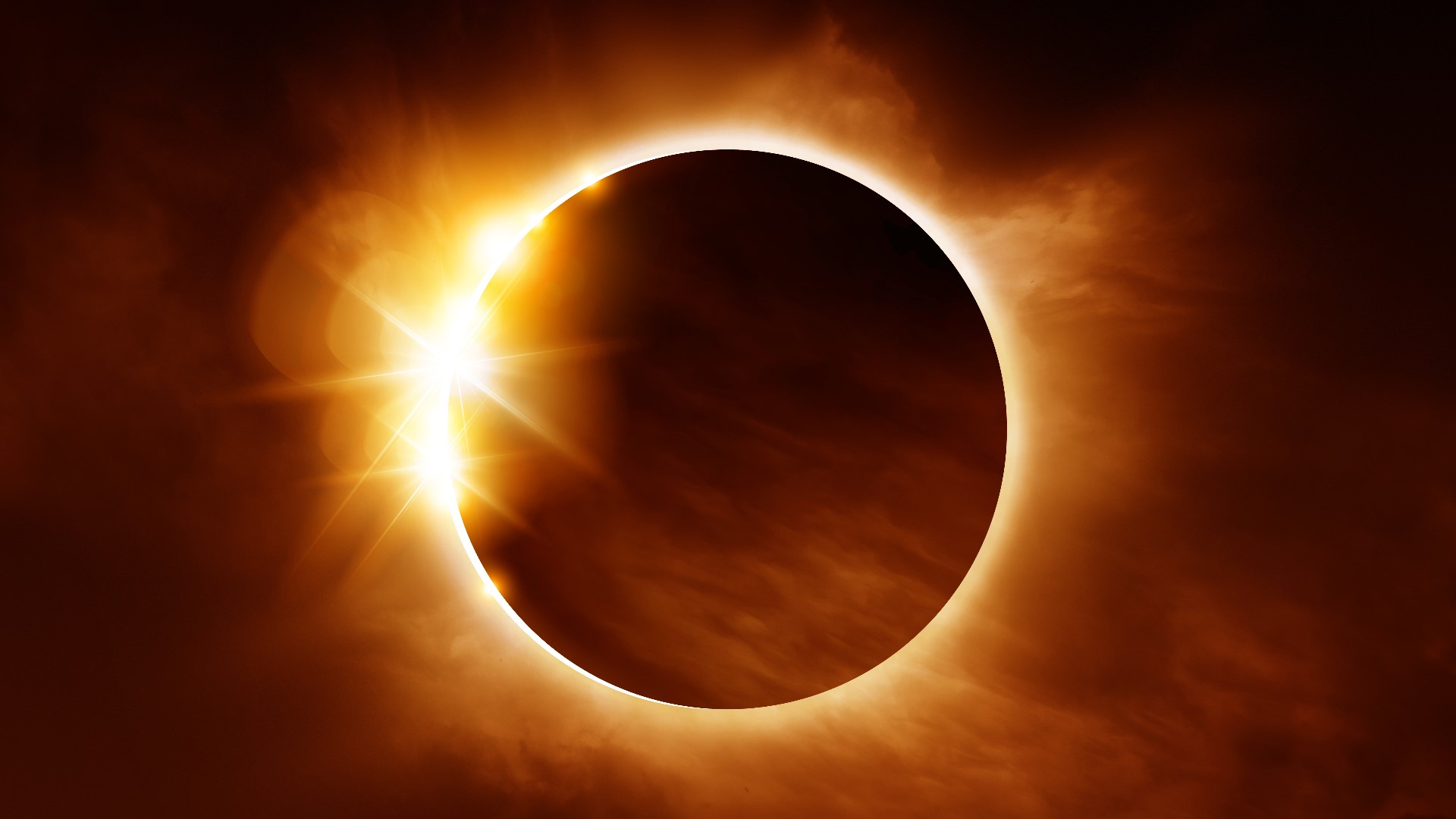NORFOLK, Va. — Excitement continues to build ahead of the solar eclipse on Monday that many will be able to experience in the United States, including in Virginia — at least partially.
Although a narrow band of cities will experience totality, many will still get to see a partial eclipse on April 8. NASA's 2024 eclipse map shows the totality path, or "umbra," spans in a northeasterly direction from southern Texas through parts of the Midwest and northeastern parts of the country.
Meanwhile, Virginia will be in the "penumbra," the larger but partial shadow from the eclipse. Virginia Beach will get 77.9% coverage while Norfolk will get 78.8%, according to the NASA eclipse map.
Fortunately, the weather in Hampton Roads on Monday is forecasted to be mostly sunny — making for good eclipse-viewing conditions.
13News Now Meteorologist Craig Moeller talked with NASA's Dr. Georgia de Nolfo about the April 8 solar eclipse. Here's what she had to say about the phenomenon.
What is a solar eclipse?
"You basically have the moon coming in between the sun and the Earth, and it'll block out the majority of light coming from the sun. As a result, it will cast a shadow on the Earth," explained Dr. de Nolfo.
What will you see during the solar eclipse?
"In Virginia, you'll be able to see a partial eclipse, about 78% of the sun will be covered. So, what it will look like is a crescent-shaped in the sky. But if you're lucky enough to drive into the path of totality, then you'll actually be able to block out more of the light. And as a result, we'll be able to see the very faint atmosphere of the sun which scientists call the corona."
Do you need to wear glasses to view the eclipse?
Spectators are advised to wear solar eclipse glasses whether you're viewing a partial or total solar eclipse
"You do want to be safe whenever you look at the sun in eclipse conditions," said Dr. de Nolfo. "So, take advantage of these solar eclipse glasses or solar viewing glasses. There's international standards for those. You definitely want to wear those when you're viewing the [partial eclipse]."
"The only time that you can actually view without those glasses is during totality," she said, adding that "the rest of the time you really wanna wear those glasses."
Dr. de Nolfo said you can also view the sun indirectly using what's called pinhole projectors.
"You can do that with a piece of paper, poke a little hole into it, and then project the sun onto a surface," she explained.
She recalled using a similar method for a past eclipse.
"I actually was in a partial eclipse, and I found that using the trees as pinhole projectors. Using those leaves was absolutely amazing because then you see the ground covered in crescent shapes, and it's just beautiful."
Will the April 8, 2024, solar eclipse be similar to the one in 2017?
This is the first time in seven years since the U.S. has seen a cosmic event on this scale. However, Monday's eclipse is expected to be larger and longer than the one experienced in 2017.
"Because we're going to be in conditions that were very different than in 2017, we're now entering into conditions where the sun is very active. And so the opportunities to see structure in that atmosphere, maybe even some eruptions occurring during that atmosphere, I mean that is thrilling to me just to be able to witness that," said Dr. de Nolfo.
What are some exciting elements expected during the eclipse?
"I mean, honestly every phase is really exciting," said Dr. de Nolfo. "So, as that moon is moving across the sun and you start to see those Baily's Beads, you're really just seeing the sunlight peeking through the different topology of the moon. I mean, it's just such a neat thought, right to think about how the sun is getting through in the valleys and is being blocked by the mountains."
She added: "Actually looking at those Baily's Beads and how they change from what we expect because we actually know the moon's topology really, really well from the Lunar Reconnaissance Orbiter. And so if we can see that there are some differences from what we expect, then that actually tells us about the shape of the sun. So there's some real physics to be gleaned from that. But then as you move into totality, then you actually see the very, very faint atmosphere of the sun."
Watch the full interview with Dr. de Nolfo in the video player above.

